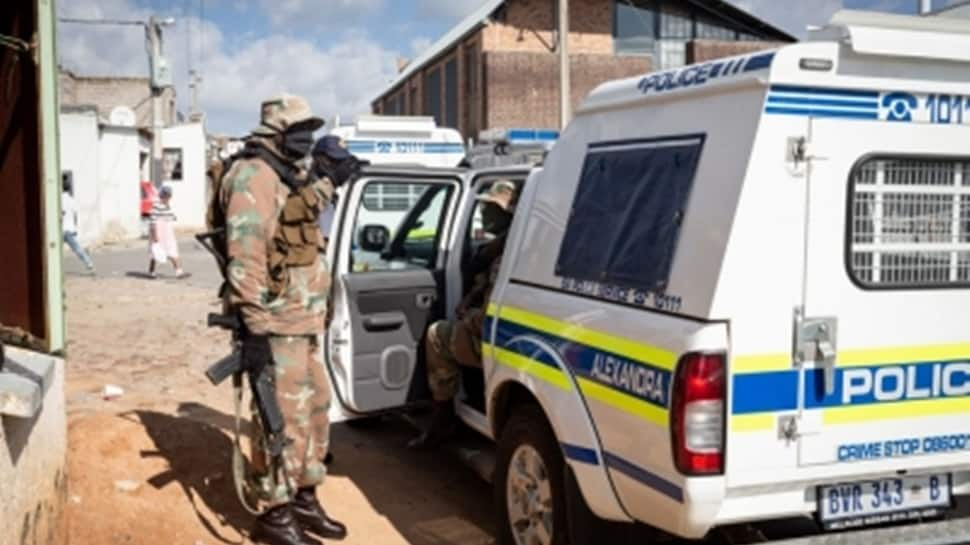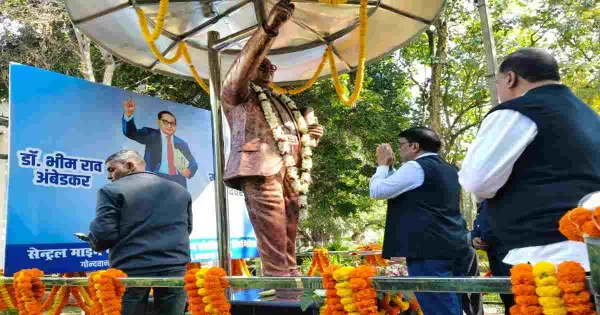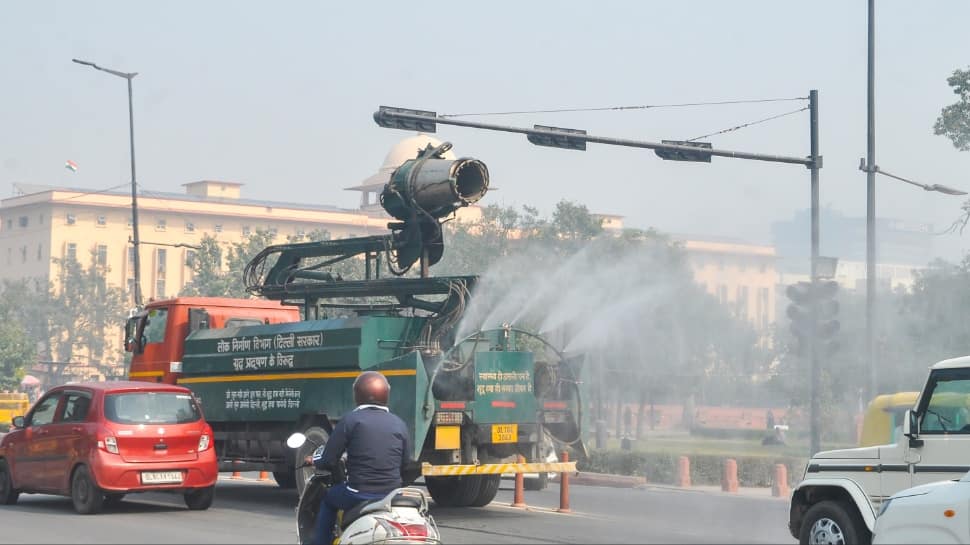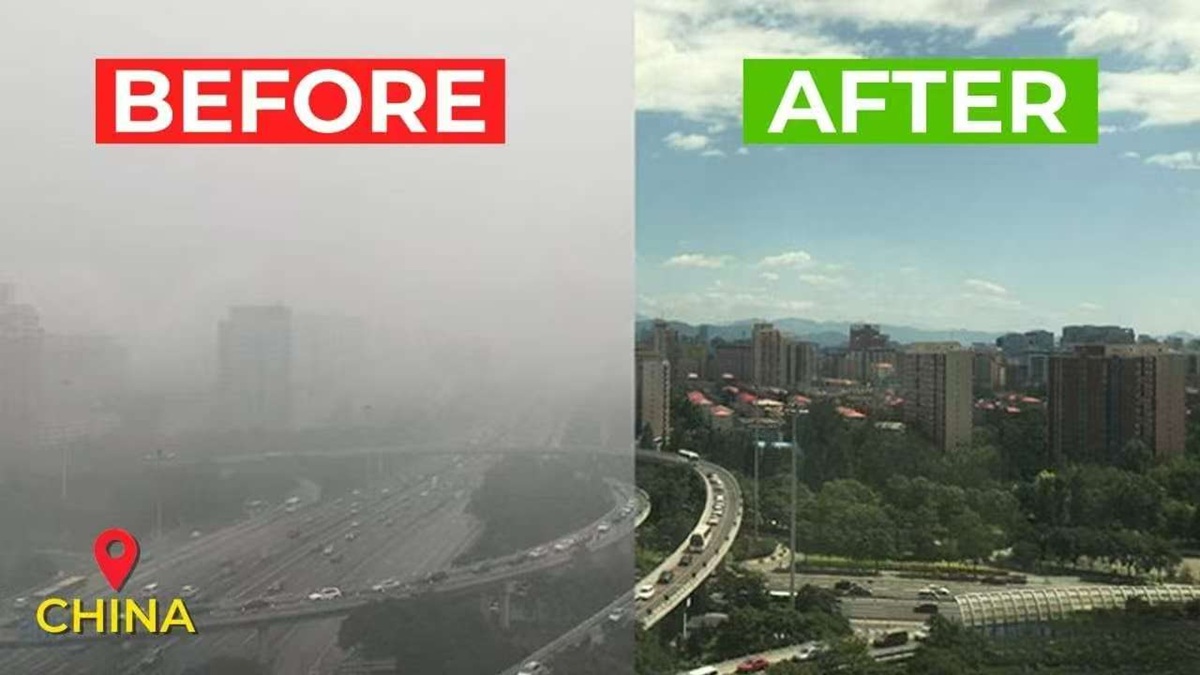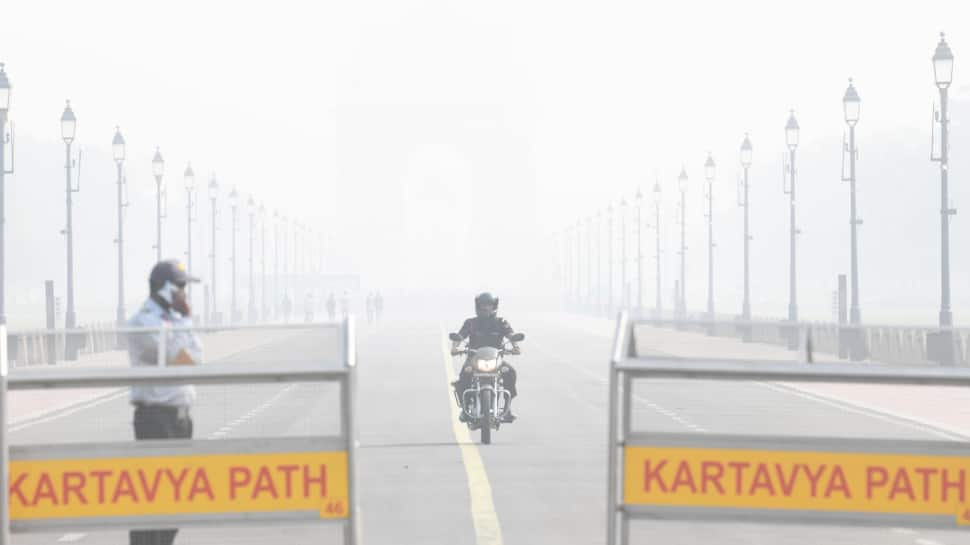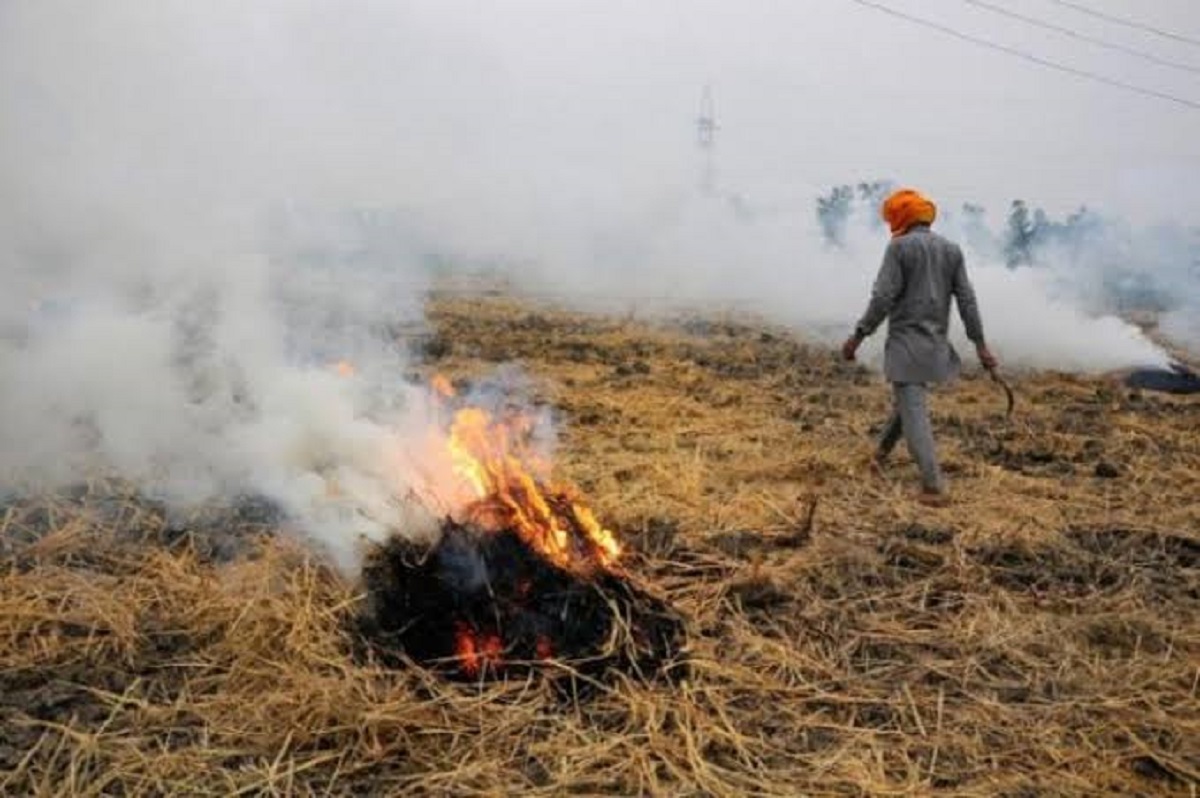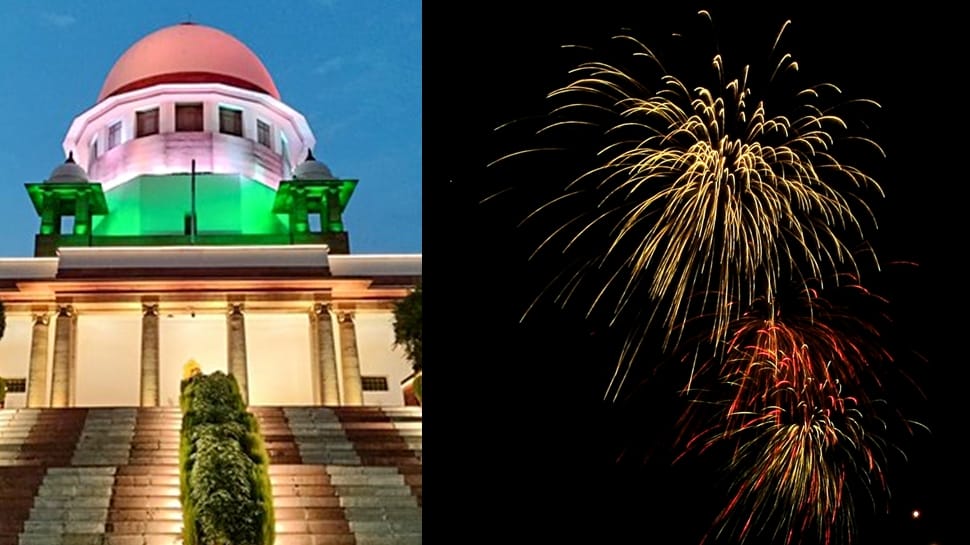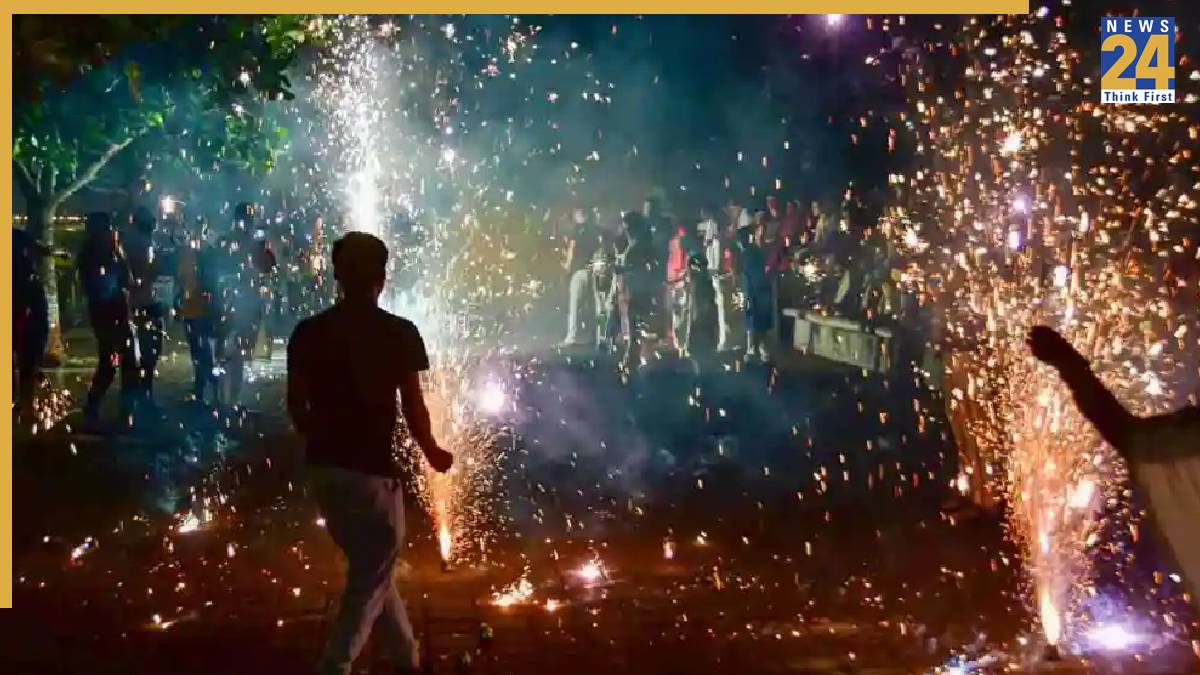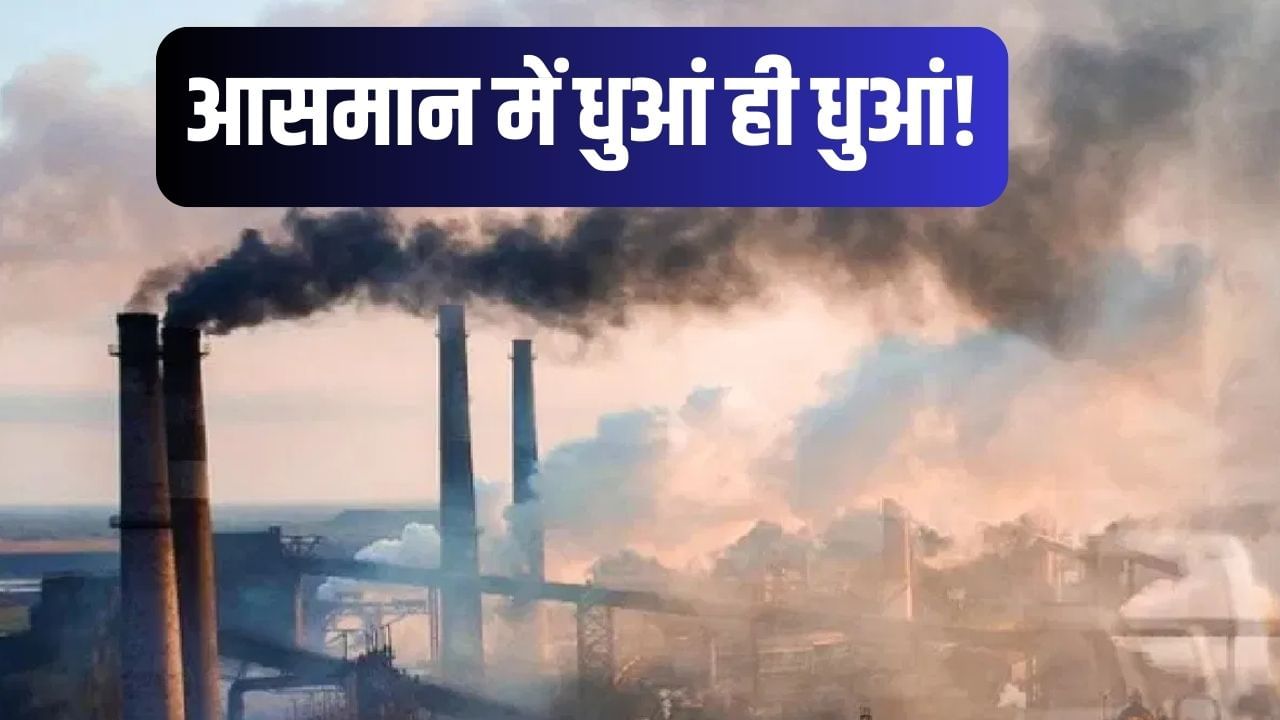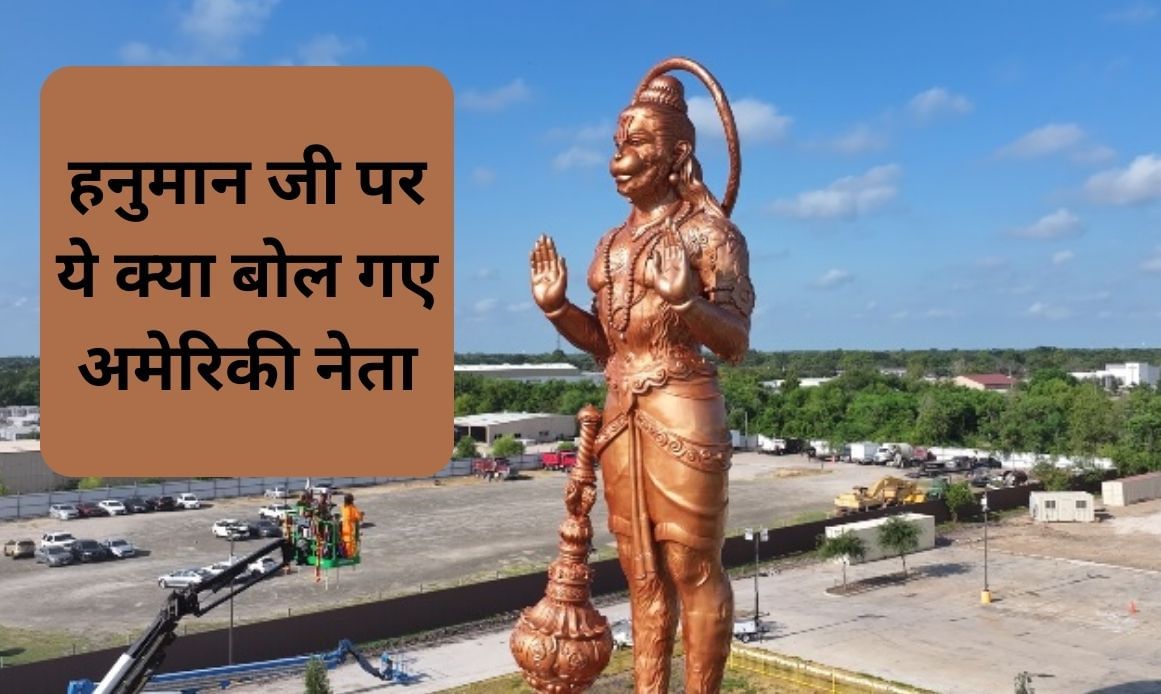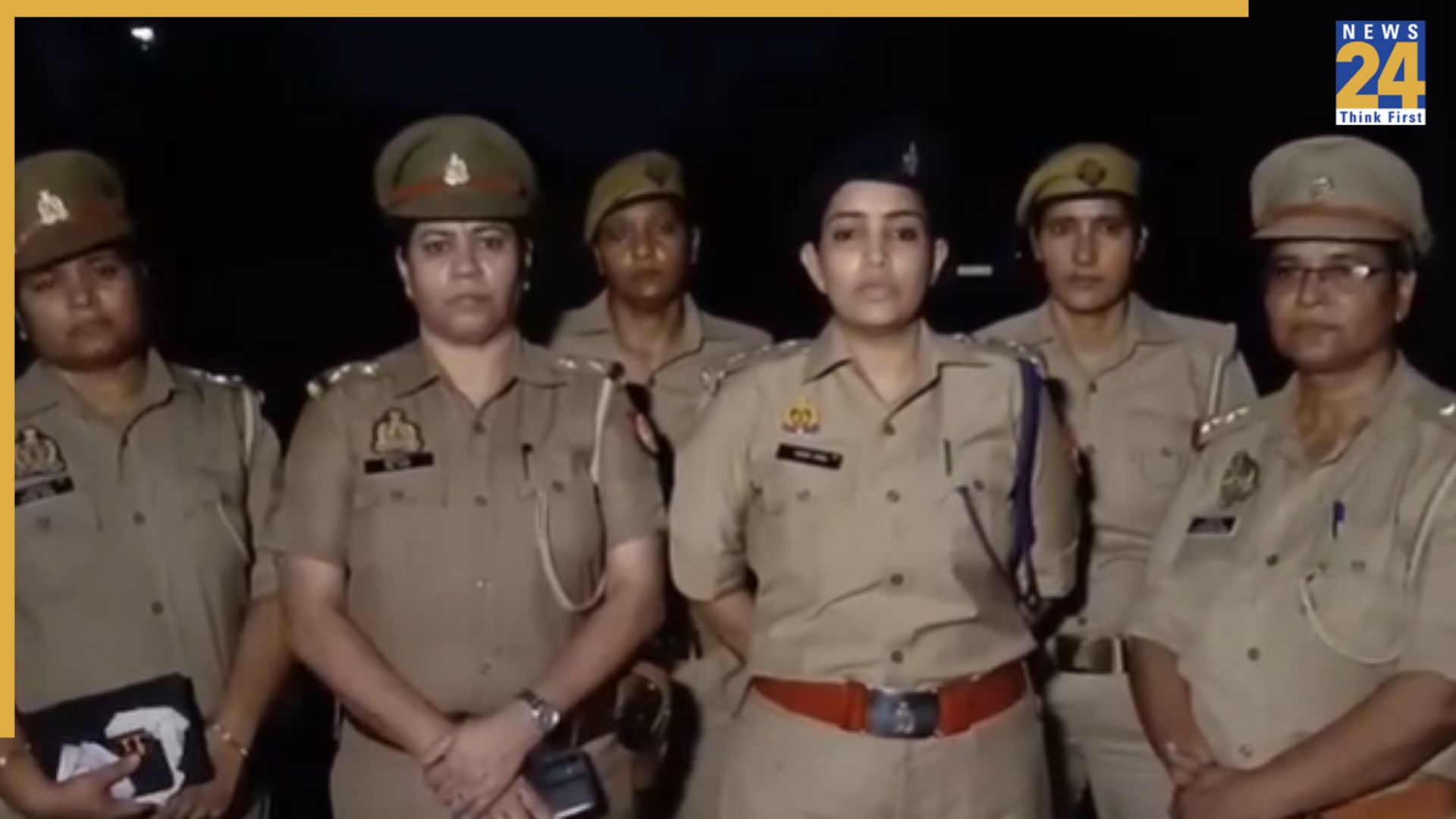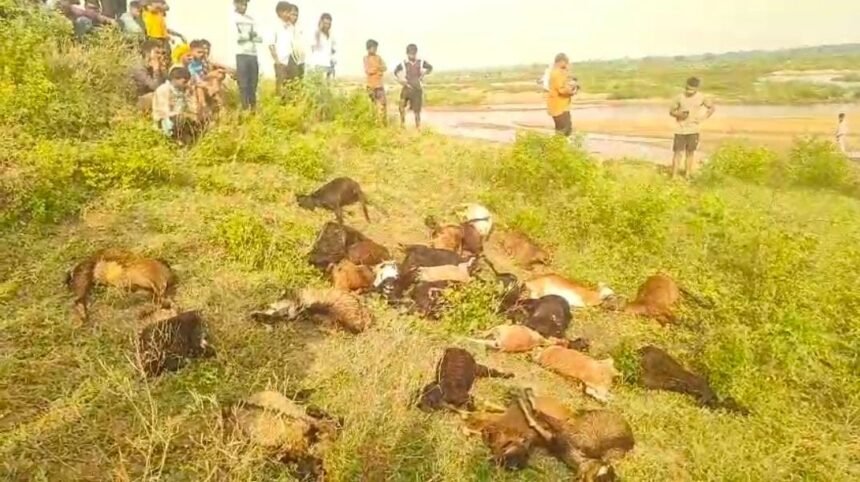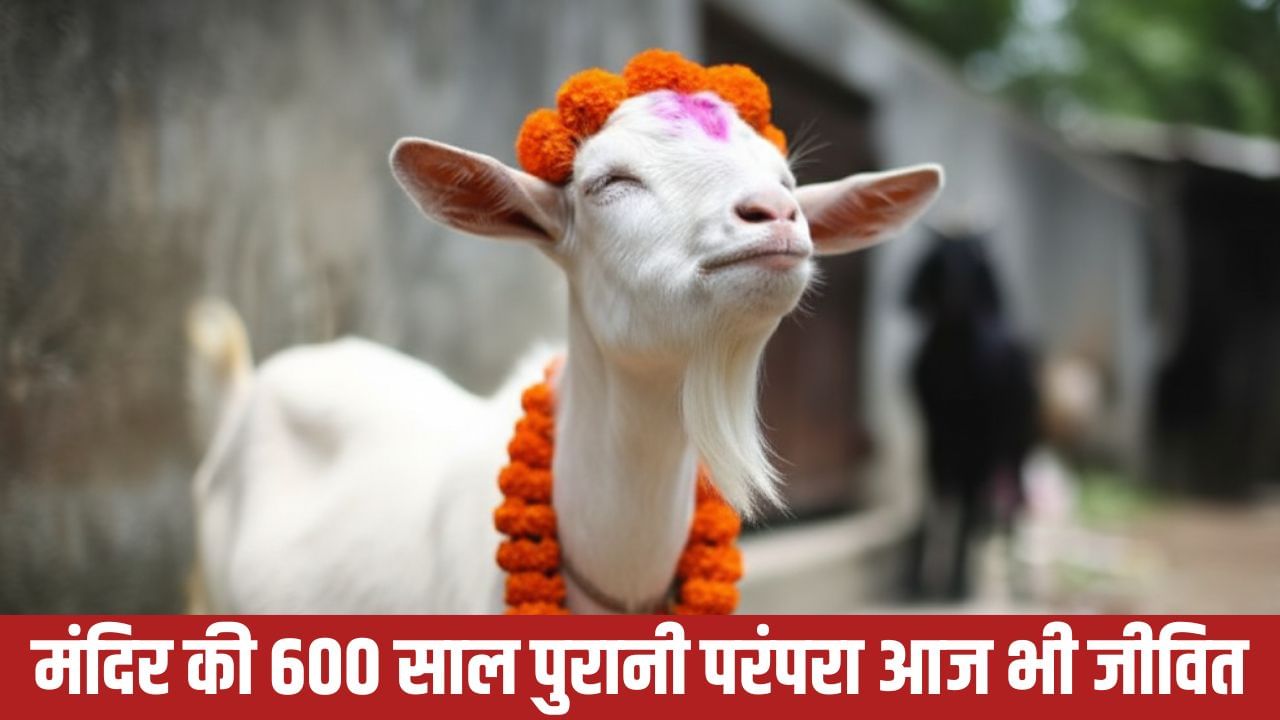Subscribe to Updates
Get the latest creative news from FooBar about art, design and business.
Browsing: Air Pollution
Delhi-NCR residents can look forward to a more vibrant Diwali celebration this year, as the Supreme Court has permitted the sale and…
As the autumn season approaches in North India, instances of stubble burning are on the rise. Farmers in the region commonly burn…
The Supreme Court has authorized certified manufacturers to produce eco-friendly firecrackers within the Delhi-NCR region, while simultaneously prohibiting their sale in the…
China is the largest contributor to global carbon dioxide (CO₂) emissions, playing a significant role in global warming and climate change, which…
